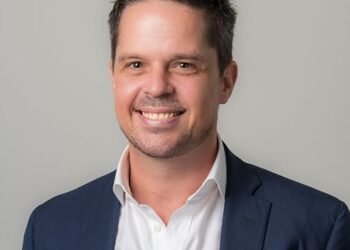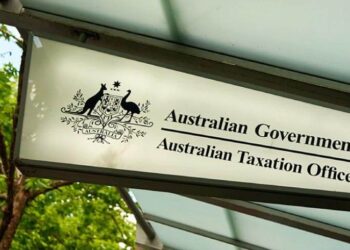Natalie Scott, superannuation adviser at Accurium, said in a recent webinar that when an SMSF member passes away, a decision needs to be made about who is going to be taking control of the fund.
“Firstly, you need to look at the trust deed to establish the rules, to establish who is what,” Scott said.
“It’s also important to determine if it is the most relevant deed in place, whether there have been any changes or variations that may have occurred along the way, and make sure that those changes, if there are any, are compliant.”
Scott said that often, if there have been changes, things can get “messy” and some deeds may be missing, which can make it difficult to navigate a client’s wishes.
If all documentation is in place and compliant, Scott said the next step is to determine if there are any instructions as to what will happen to the member’s death benefit nomination.
“[Look for things like] whether there are any nominations in place, and whether they are binding and valid. If they’re binding, determine if they are lapsing or are still in place,” she said.
“It’s really a matter of just checking what you’ve got on file and whether you need to follow up on guidance that has been left by the deceased person.”
Other issues that need to be considered include whether there are pension documents in place for the deceased and whether they, too, are valid.
“Don’t rely on the member statement, even though sometimes they can support whether the pension is reversionary or not. Go back to resource documentation, always backing yourself with resource documentation, because you don’t know whether the pension documents might have been updated,” Scott said.
After clarifying all the relevant documentation, Scott said it is then time to confirm the current trustees and directors, establishing who they are and from whom the adviser should be taking instructions.
“When you are taking instructions, make sure that you’re not just dealing with one of the trustees, that all of the trustees are aware of what’s happening,” she added.
“If you are dealing with one trustee, I would put everything in writing and copy it to the other trustees so that they know what happens with the fund.”
She continued that in terms of the trustee consideration, obtaining legal advice is best practice, especially if there may be some complexity involved with things such as blended families.


